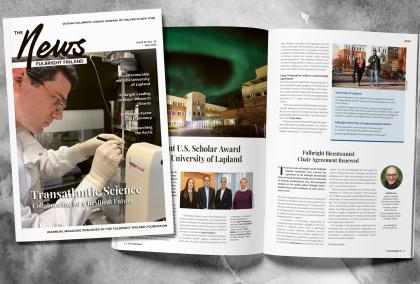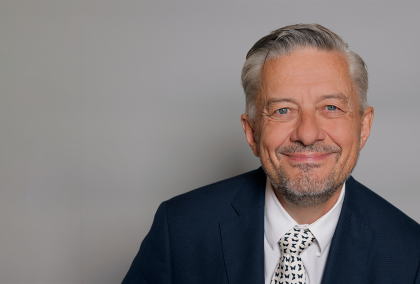The Inter-Country Travel Grant Program (also known as e.g. the Inter-Foundation Lectureship Program) has existed from the very early days of the global Fulbright program.
The publication “Swords into plowshares, a new venture in international understanding; the story of the educational exchange program authorized by the Fulbright act of 1946”, published by the United States International Educational Exchange (Washington 1956), describes the beginnings of the inter-country travel grants as follows:
Shortly after the [Fulbright] program got under way, the [binational Fulbright] Foundations and Commissions realized that the demand for American lecturers in each country could never be fully met within their annual allotments. So they hit on a scheme “to share the wealth” by inviting professors teaching in neighboring countries to come over for a brief series of lectures. The Board of Foreign Scholarships encouraged this plan and so the inter-foundation lectureship program was born. (See more here on p. 24: http://hdl.handle.net/2027/umn.31951d035623878)
The volume of these visits and how the travel grants have been administered as well as the criteria for participation have varied significantly depending on the time and the country. In 2008 in Europe, the Executive Directors of Fulbright commissions noted that a significant practical hindrance in the implementation of the program had become the fact that there was no listing or roster of U.S. Fulbright scholars residing in Europe available for the commissions to consult in order to be able to arrange the inter-country visits. The only comprehensive listing was put out by IIE in late November each year but this was too late in view of arranging any visits for the fall semester and made it challenging to arrange visits even for the spring term. In 2008, in order to help with this problem, the Fulbright Finland Foundation in Helsinki (the Fulbright commission in Finland) volunteered to collect the data and compile the comprehensive annual roster of U.S. Fulbright scholars for the purposes of the inter-country travel grant program. The roster has since then been compiled by the Fulbright Finland Foundation annually in June for the purposes of the following academic year. Each Fulbright commission that submits data for the comprehensive European roster guarantees the rights and the correctness of the information that they put forward about their U.S. grantees.
In Europe, after 2008, the volume of the inter-country (inter-foundation) travel picked up significantly, because the new roster made it possible to systematically recruit and better plan for the visits and also make the plans early enough so as to help the visits fit into the teaching calendar and other activities of both the receiving and the sending university. The European Fulbright commissions had agreed amongst themselves that the commission in the country that hosts the inter-country visit always awards the travel grants from their budgets, but any other details are left up to each commission.
Overall, the Inter-Country Travel Grant Program has proven to be a highly valued addition to the exchanges. The European Fulbright commissions have annually supported the grants from their own budgets, and the Fulbright Finland Foundation has every year since 2008 compiled the roster for free as the Foundation’s in-kind contribution to the European Fulbright collaboration.
In 2015, ECA (the Bureau of Educational and Cultural Affairs of the U.S. Department of State) decided to offer additional financial support to add to the existing and ongoing inter-country travel grant mobility in Europe as well as to start such mobility also in other world regions, as well as to make the opportunity available for those countries that did not have a Fulbright commission. For Europe, ECA asked the Fulbright Finland Foundation in Helsinki to administer the funds and provided a dedicated sum for that purpose and defined the specific criteria for scholar participation. Decisions on these ECA-funded travel grants are made by ECA, and commissions and posts who wish to utilize these funds should contact their own program coordinator at ECA for further information and guidance.
Now I am interested! Whom should I contact?
- If you are a U.S. scholar, professional, or an advanced PhD student with a Fulbright grant currently (or soon to be) anywhere in Europe and you wish to make a short-term visit to Finland, please see instructions here.
- If you represent a Finnish institution wishing to host a Fulbright scholar, professional, or an advanced Ph.D. student who is currently (or will soon begin) staying in another European country, please see instructions here.
- If you represent a European (but not Finnish) institution and you wish to invite a U.S. Fulbright scholar from another European country to your institution, please contact the Fulbright commission (or the U.S. Embassy, if there is no Fulbright commission) in your respective country.
- If you are a U.S. Fulbright scholar currently (or soon to be) in a European country and you wish to make a short lecturing visit to another European country other than Finland while you are on your Fulbright grant, please contact the desired host institution of your inter-country visit and request the host institution to contact the Fulbright commission (or the U.S. Embassy, if there is no Fulbright commission) in that country.


